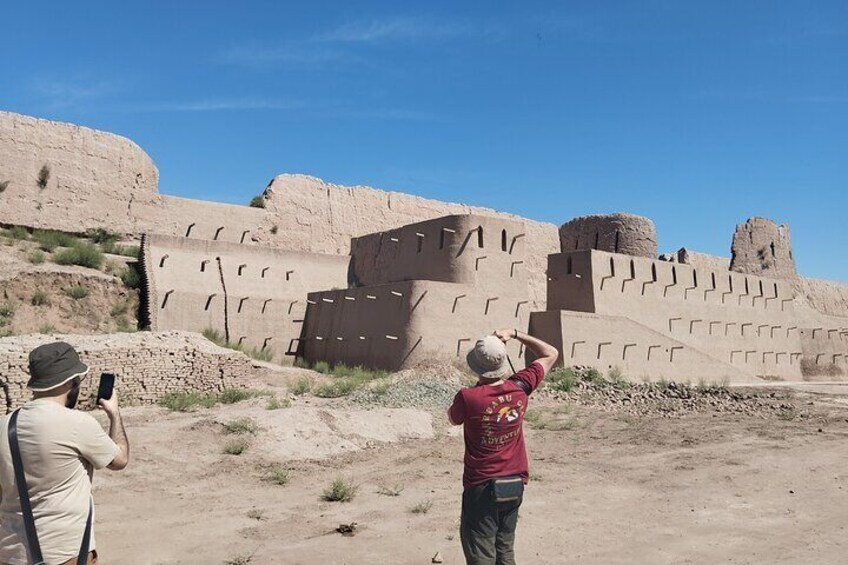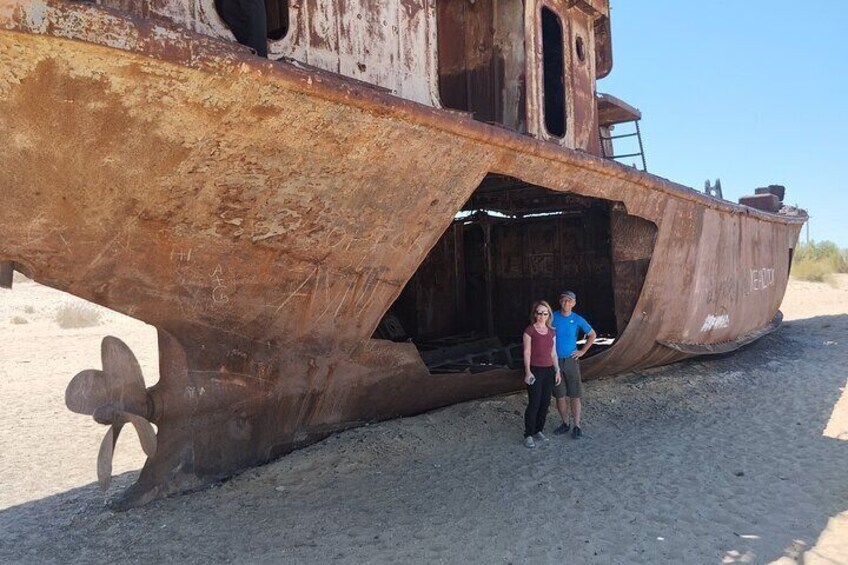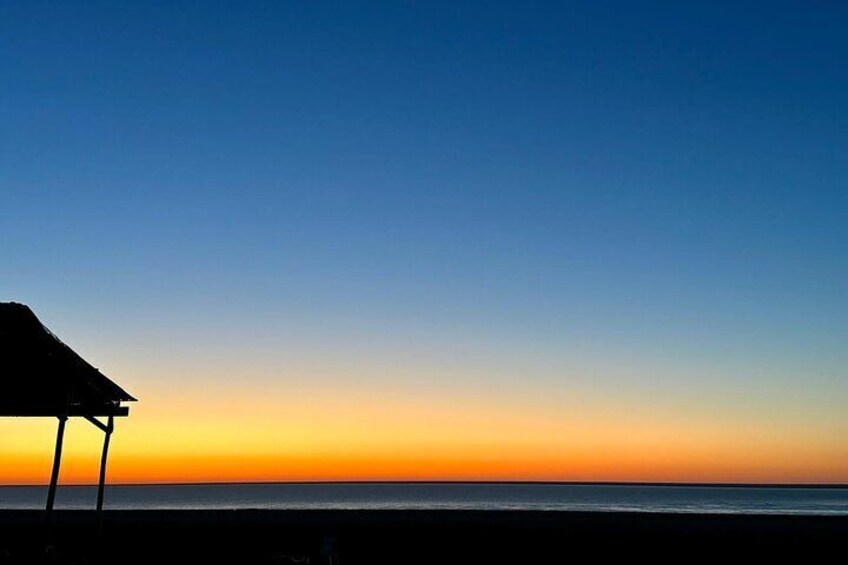Acumula crédito OneKeyCash al iniciar sesión y reservar una actividad





Mar de Aral - Viaje extendido (3 días)
Oxus Travel
Cancelación gratuita disponible
Características
Datos generales
Ubicación de la actividad
Punto de canje/encuentro
Ver disponibilidad
Mar de Aral - Viaje extendido (3 días)
Recogida incluida
Opciones de idioma: Inglés
Hora de inicio: 6:00 a.m.
Detalles del precio
$899.00 x 1 persona$899.00
Total
Itinerario de la actividad
Ubicación
Ubicación de la actividad
Punto de canje/encuentro
Las mejores ofertas de actividades
Vive experiencias inolvidables en cada destino con nuestras increíbles ofertas en actividades en todo el mundo. Expedia te ofrece actividades únicas para que explores Kipchak a tu manera. Si eres un amante de la naturaleza, te atrae la cultura, eres fan de la comida o te fascina la aventura, tenemos la actividad ideal para ti.
Las mejores experiencias en Kipchak
Con todas las actividades que hay en Kipchak, planear el día perfecto puede parecer agotador. Con Expedia no tienes de qué preocuparse, ya que te brinda las mejores atracciones, tours y actividades en Kipchak. Ya sea que viajes en familia, con tu pareja o de negocios, en Expedia encontrarás la actividad ideal en Kipchak para vivir experiencias inolvidables.